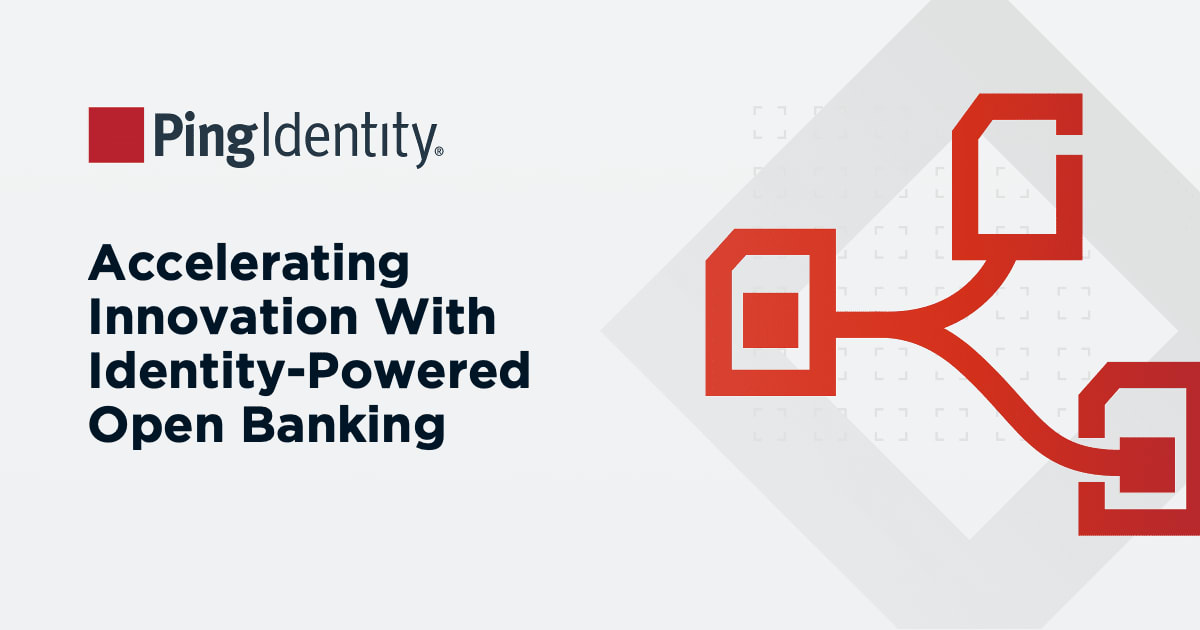Historically, many fraud teams have left authorization logic embedded in multiple disparate tools, which makes updating fraud policies and flows cumbersome and slow. Other organizations have developed and built decisioning tools internally based on their specific requirements, but these homegrown tools are often difficult to keep up to date as new fraud detection methods come on board.
The decisioning phase becomes more complex as organizations must scan for fraud throughout the user journey and may choose to initiate mitigation at different points throughout the session–for example, not only at the point of transaction but also when viewing saved personal information, changing profile information, and changing user settings.
The good news is that a centralized decisioning tool can help fraud teams to set up automated, effective fraud mitigation. Within this tool, fraud teams can define the logic that determines the risk levels that will trigger mitigation, and the types of mitigation measures that are appropriate for different types of situations. Implementing these policies no longer requires development resources from the owners of various applications and allows fraud teams to easily control their technology stack.
The Role of Identity Orchestration in Fraud Prevention
While fraud teams often operated separately from identity teams in the past, this is beginning to change. With the advent of new technologies in online fraud detection, identity proofing, and access management, these groups can now work together to the benefit of the broader organization.
Identity orchestration promises to make designing, deploying, testing, and modifying user journeys easier. Orchestration brings together a variety of tools from different vendors and allows organizations to create user experiences that feel seamless and easy from a customer perspective even when many systems are at work behind the scenes.
Well-orchestrated customer journeys allow for many branching paths, with users sent down the appropriate one based on their circumstances and characteristics. This includes paths reserved for suspicious users that can help greatly reduce fraud. Adding or removing fraud signals becomes simpler as well, which is extremely helpful given the additive nature of fraud prevention discussed above.
As the focus of fraud prevention shifts from protecting the transaction to protecting the end-to-end user journey, integrating identity and fraud tools from different vendors into seamless and secure user flows can help both fraud and identity teams meet their metrics.
Ping’s Approach to Fraud Prevention
Ping Identity’s fraud prevention solution addresses fraud detection, decisioning, mitigation, and orchestration in one integrated platform. Our fraud decisioning and orchestration tools allow organizations to easily aggregate fraud signals from a variety of sources, including Ping’s own detection tools as well as external ones, and build out policies that allow for flexible mitigation at any point throughout the user journey.
Ping offers a variety of tools that can help address mitigation use cases, such as multi-factor authentication and identity verification, and can also integrate with third-party tools and vendors. Our orchestration capability offers a low-code approach to designing, implementing, testing, and modifying user journeys to ensure organizations can deliver exceptional customer experiences without sacrificing security. We aim to offer our customers a comprehensive fraud prevention solution that can be the cornerstone of a dynamic counter-fraud strategy.
1. Fraud Detection and Prevention Market Growth Report, Fortune Business Insights
2. Fraud Detection and Prevention Market Growth Report, Fortune Business Insights
3. The True Cost of FraudTM Study, LexisNexis
4. ACFE Report to the Nations, ACFE


